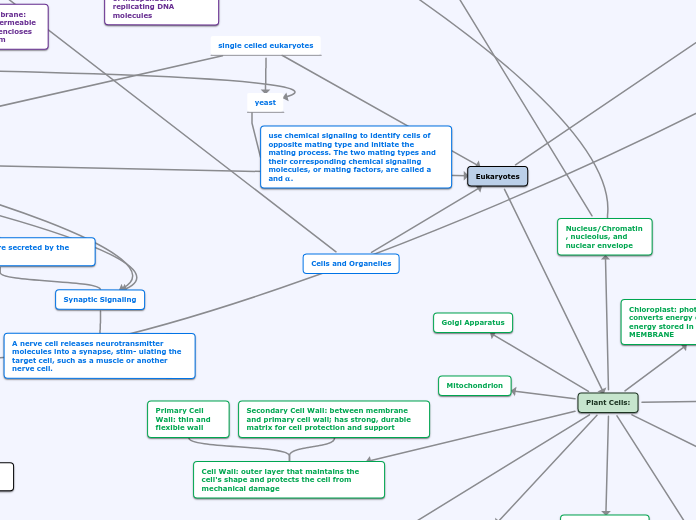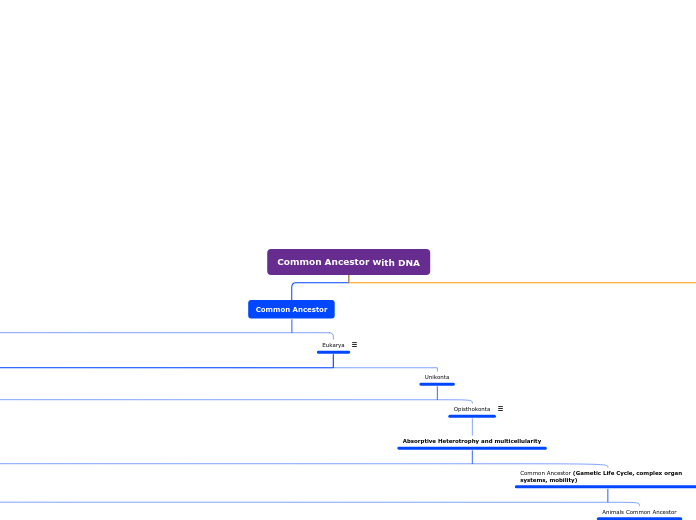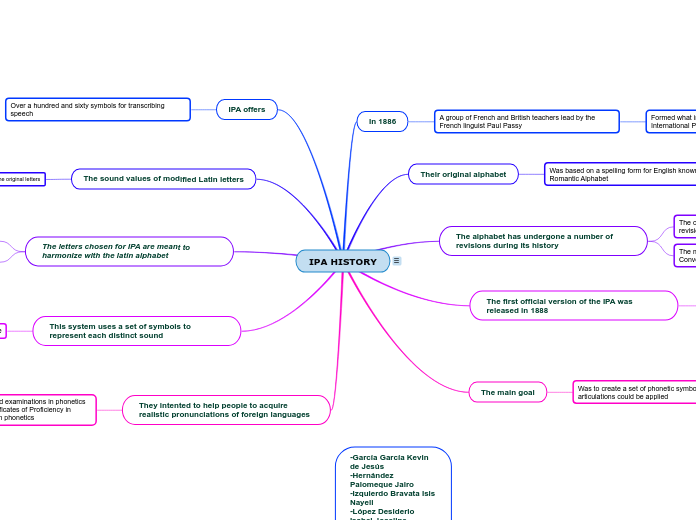von Erik Buys Vor 10 Jahren
365
New Map
The process of DNA replication involves several key proteins, each with specific roles to ensure accurate duplication of the genetic material. Topoisomerase alleviates the strain caused by unwinding the DNA, while helicase unwinds the double helix at the replication forks.









